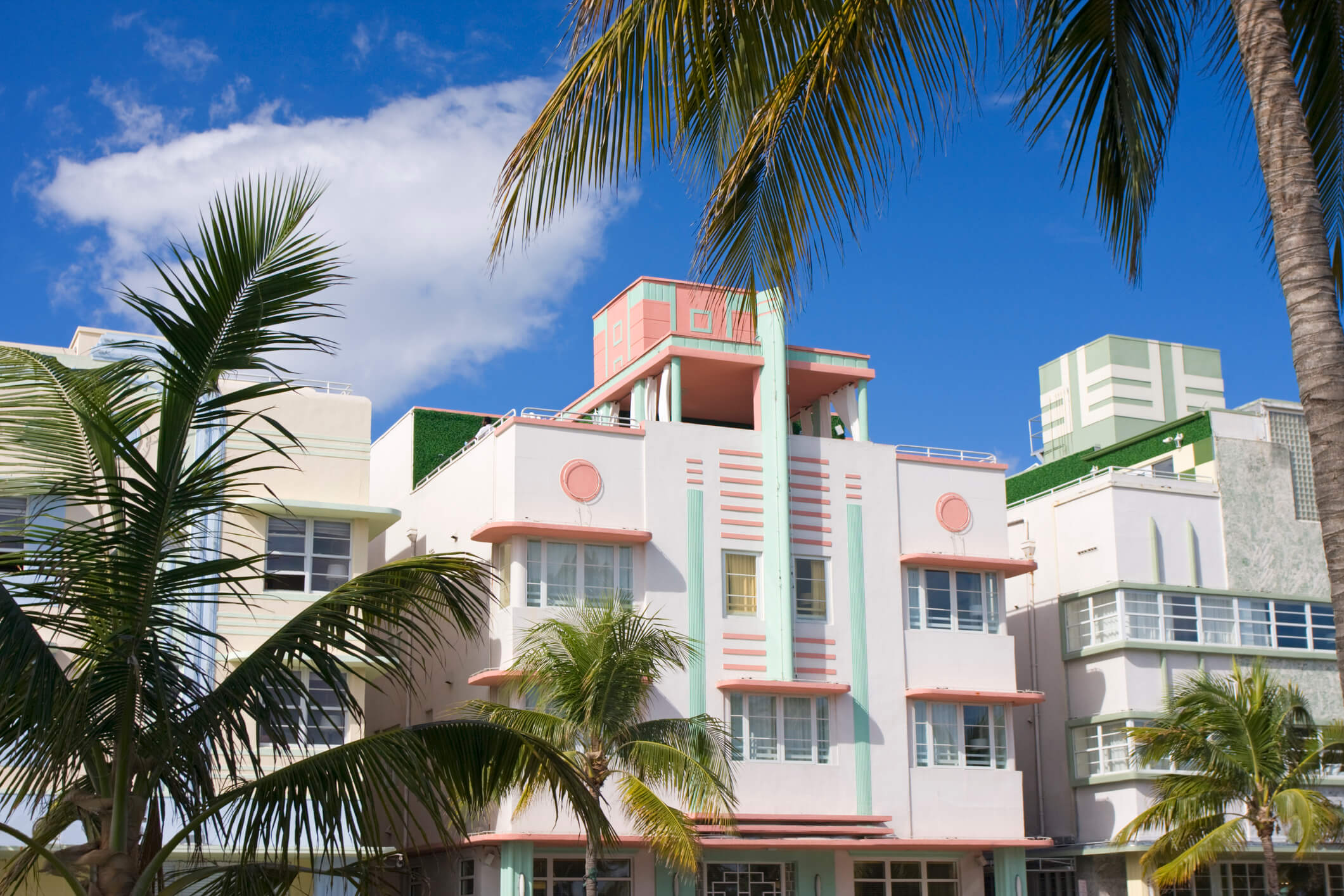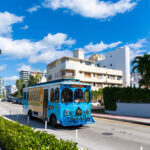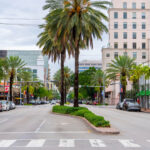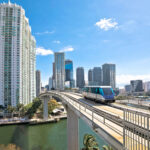Stroll down Ocean Drive in Miami Beach, and you are immediately transported to a different era. The streets are lined with buildings painted in soft pastels, adorned with sleek curves, geometric patterns, and whimsical nautical details. This is Art Deco, the architectural style that defines Miami and has made it an icon of design recognized around the world. But why is this particular style so prevalent here?
The abundance of Art Deco condo and apartment buildings in Miami is not an accident. It’s the result of a perfect storm of history, timing, and climate that occurred during the city’s formative years. Understanding the rise of Art Deco is to understand the story of Miami itself—a tale of reinvention, optimism, and a deep connection to its tropical surroundings. This guide explores the historical context, unique local adaptations, and preservation efforts that cemented Art Deco as Miami’s architectural soul.
A Style Born from a New Era
Art Deco first emerged in France in the 1920s, gaining international fame at the 1925 Exposition Internationale des Arts Décoratifs et Industriels Modernes in Paris. It was a style that celebrated modernity, technology, and glamour. Rejecting the ornate and fussy styles of the past, Art Deco embraced clean lines, strong geometric shapes, and a sense of streamlined motion. It was the look of the Machine Age—of ocean liners, fast cars, and towering skyscrapers.
The style was characterized by several key features:
- Symmetry and Geometry: Strong, repeating patterns like chevrons, zigzags, and sunbursts were common.
- Streamlined Forms: Curved corners and horizontal lines created a sense of speed and elegance, inspired by modern transportation.
- Exotic Materials: The original European style often used lavish materials like ivory, lacquer, and exotic woods.
- Stylized Motifs: Designs frequently incorporated stylized representations of nature, such as flowers, animals, and fountains.
This new, forward-looking style quickly spread to the United States, becoming the signature look for everything from train stations and cinemas to everyday household objects.
Miami’s Boom and the Rise of Tropical Deco
Just as Art Deco was reaching its peak of popularity in the 1930s and early 1940s, Miami Beach was experiencing a massive development boom. The city, which had been devastated by the Great Miami Hurricane of 1926 and hit hard by the Great Depression, was undergoing a period of rapid reconstruction and reinvention. It was being marketed as a glamorous, accessible tropical playground for middle-class tourists from the Northeast and Midwest.
Developers and architects needed a style that was modern, inexpensive to build, and perfectly suited for a resort town. Art Deco was the ideal choice. It was fashionable, optimistic, and could be easily adapted to the local environment, giving birth to a unique regional style known as Tropical Deco.
Adapting to the Florida Climate
Miami’s architects took the core principles of Art Deco and modified them for the subtropical climate. The lavish materials of European Deco were replaced with more practical and locally available ones like stucco, terrazzo, and keystone. More importantly, the designs incorporated features meant to keep buildings cool in the pre-air conditioning era.
- “Eyebrows”: Concrete ledges placed above windows provided shade from the high summer sun, helping to keep interiors cool.
- Porches and Verandas: Shaded porches offered a place to escape the heat and catch the ocean breeze.
- Casement Windows: These windows, hinged at the side to swing outward, were designed to capture and direct airflow.
- Light Colors: The iconic pastel color palette (pinks, blues, yellows, and lavenders) wasn’t just for show. Lighter colors reflect sunlight and absorb less heat than darker shades, contributing to cooler interiors.
Nautical and Tropical Themes
Miami’s version of Art Deco also embraced its coastal location. The style evolved into a more whimsical and playful form often referred to as Streamline Moderne. Buildings were designed to look like grand ocean liners, complete with curved corners, horizontal “speed lines,” and rooftop elements resembling smokestacks or masts.
Iconography moved away from the purely geometric to include local flora and fauna. Etched glass and relief panels featured flamingos, herons, palm fronds, and ocean waves. This celebration of the tropical environment created a distinct sense of place, a “vacation architecture” that made visitors feel they had arrived somewhere truly special. Because these buildings were primarily condos and apartment hotels for tourists, the style became synonymous with Miami hospitality.
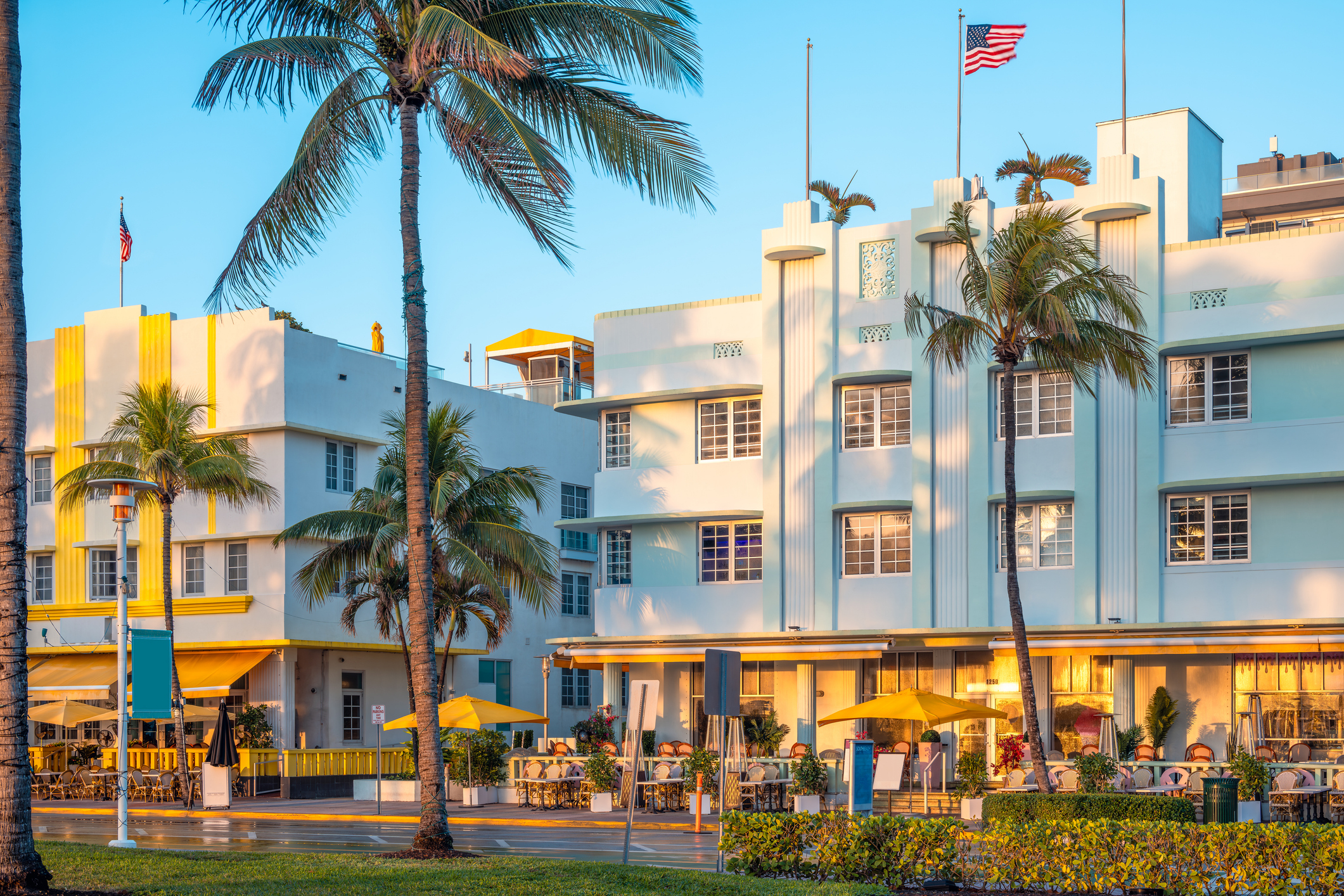
The Fight to Preserve an Architectural Treasure
By the 1970s, the once-glamorous Art Deco buildings of South Beach had fallen into disrepair. The area, known as “God’s Waiting Room,” was populated by retirees living in rundown apartments. Developers saw an opportunity to demolish the historic structures and replace them with modern, high-rise condominiums. The entire architectural heritage of Miami Beach was at risk of being lost forever.
This threat sparked a powerful preservation movement led by designer Barbara Baer Capitman. In 1976, she co-founded the Miami Design Preservation League (MDPL) with the mission of saving these unique buildings. The league launched a fierce public awareness campaign, arguing that the collection of Art Deco architecture in South Beach was a priceless cultural asset.
Their efforts were initially met with strong opposition. However, the MDPL persevered, conducting architectural surveys, leading walking tours, and lobbying local government. A key moment came when they successfully repainted several buildings in their original vibrant pastel colors, showing the world how beautiful the district could be.
In 1979, their hard work paid off. A one-square-mile area of South Beach was listed on the National Register of Historic Places, becoming the nation’s first 20th-century historic district. This designation provided legal protection for the buildings and offered tax incentives for their restoration, paving the way for the area’s incredible revitalization.
The Enduring Appeal of Art Deco Living
Today, the Miami Beach Architectural District (the Art Deco District) contains over 800 protected buildings and is one of the city’s biggest tourist draws. The preservation efforts transformed South Beach from a neglected neighborhood into a world-famous destination, fueling a renaissance in fashion, food, and nightlife.
The appeal of these historic buildings extends to residents as well. Living in an Art Deco condo or apartment offers a unique experience that can’t be found in modern glass towers.
- Charm and Character: Each building has its own personality, with unique details like terrazzo floors, decorative railings, and original light fixtures.
- Human Scale: Most Art Deco buildings are low-rise or mid-rise, creating a more intimate and neighborhood-like feel compared to massive high-rises.
- Prime Location: These buildings are concentrated in South Beach, one of Miami’s most vibrant and walkable neighborhoods, just steps from the ocean, restaurants, and cultural venues.
- A Piece of History: For many, living in a historic building provides a tangible connection to Miami’s glamorous past.
The Art Deco buildings of Miami are more than just a collection of old structures; they are the physical embodiment of the city’s spirit. They represent a period of bold optimism and creativity, a time when Miami was forging its identity as a sun-soaked paradise. Thanks to the foresight of preservationists, this architectural legacy continues to define the city’s visual landscape, charming residents and visitors alike with its timeless style.

